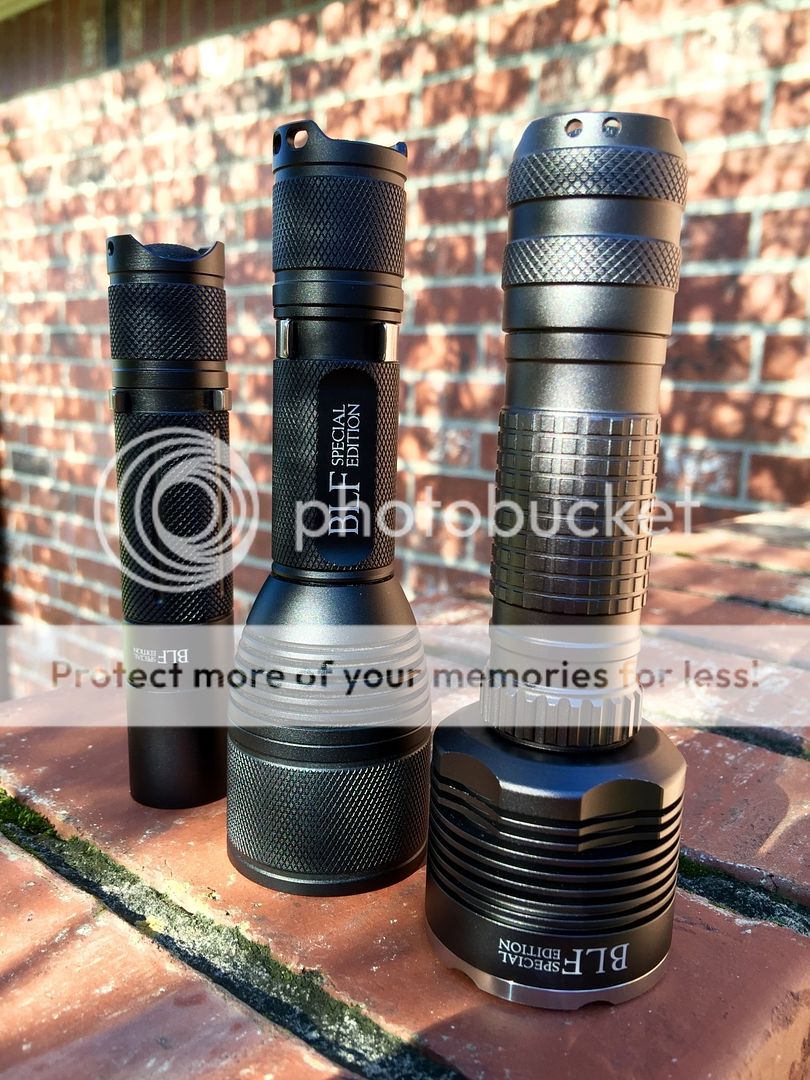sofarsogood
Newly Enlightened
- Joined
- Feb 25, 2016
- Messages
- 15
I think I answered my own question. I watched some videos. From what I can see a single 18650 flashlight draws a couple of amps at most so a battery with a ten amp rating should be more than enough.
How many watts in turbo mode for the various lights that use single 18650's? I'm asking this question for safety considerations. I vape so I'm taking care of 18650's already so why not get a couple of led flashlights, one for work and another for up north?
For vaping I use single LG HG2's. They have a 20 amp rating. I vape at 30 watts / 3.1 voltage cutoff = abt 10 amps. Now I know that at the minimum voltage allowed by the mod I'm still only asking the battery to put out half it's 20 amp rating. Call that head space. The Manker U11 looks like an interesting choice for up north. Where do I find it's maximum watts? I've looked for it. May be I'm missing something.
How many watts in turbo mode for the various lights that use single 18650's? I'm asking this question for safety considerations. I vape so I'm taking care of 18650's already so why not get a couple of led flashlights, one for work and another for up north?
For vaping I use single LG HG2's. They have a 20 amp rating. I vape at 30 watts / 3.1 voltage cutoff = abt 10 amps. Now I know that at the minimum voltage allowed by the mod I'm still only asking the battery to put out half it's 20 amp rating. Call that head space. The Manker U11 looks like an interesting choice for up north. Where do I find it's maximum watts? I've looked for it. May be I'm missing something.
Last edited:



